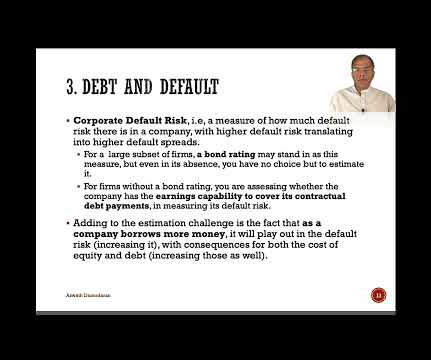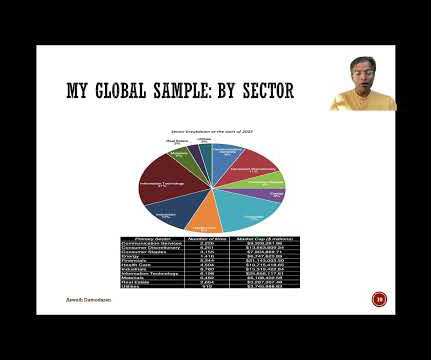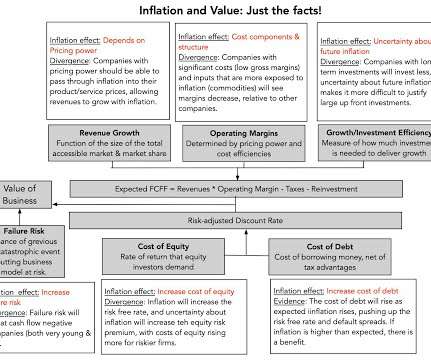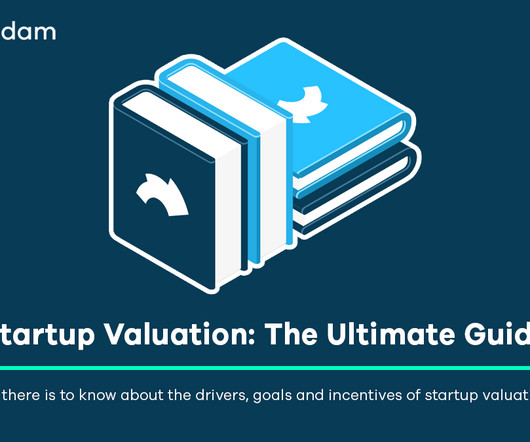Data Update 6 for 2025: From Macro to Micro - The Hurdle Rate Question!
Musings on Markets
FEBRUARY 8, 2025
The first is, of course, the riskfree rate , a number that varies across time (as you saw in post on US treasury rates in data update 4 ) and across currencies (in my post on currencies in data update 5). I am not a purist on this measure, and while I use betas in my computations, I am open to using alternate measures of relative equity risk.












Let's personalize your content